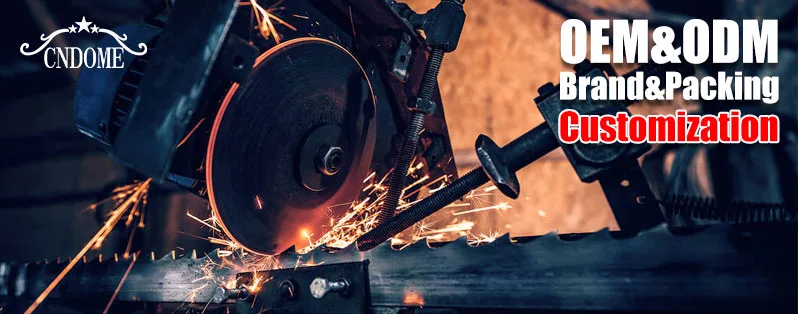In the realm of metalworking, precision is not just a virtue, it’s the cornerstone of excellence. Enter the humble yet indispensable tool – the grinding wheel. This unassuming wheel plays a pivotal role in transforming rough materials into works of art, ensuring the accuracy of critical components, and even shaping the world as we know it. So, what is a grinding wheel used for, and how does it contribute to crafting the world of precision and quality we know today? Let’s dive into this pivotal tool and explore its remarkable applications.
The Basics: What is a Grinding Wheel?
A grinding wheel is a wheel-shaped tool made of abrasive material. This abrasive material, often grains of aluminum oxide, silicon carbide, or diamond, is bound together by various bonding agents to form a sturdy and efficient tool. Grinding wheels come in various sizes, shapes, and compositions, making them versatile for a wide range of applications.
Sharpening Tools: Precision at Your Fingertips
One of the most common uses of grinding wheels is tool sharpening. From chisels to drill bits, knives to scissors, these wheels can quickly and efficiently restore a cutting edge. Achieving the perfect angle and sharpness is essential for precision work, and grinding wheels make this process a breeze.
Metal Fabrication: Shaping the Future
In the world of metal fabrication, grinding wheels are indispensable. They’re used for deburring, removing excess material, and shaping metal parts with accuracy. Whether in construction, automotive manufacturing, or aerospace engineering, grinding wheels ensure components meet exact specifications.
Surface Finishing: The Art of Polishing
Grinding wheels are artists when it comes to creating exquisite surface finishes. They can take rough, uneven surfaces and turn them into polished, mirror-like masterpieces. In industries like jewelry making, ceramics, and woodworking, these wheels play a pivotal role in enhancing aesthetics and quality.
Cutting: Precision in Action
While cutting wheels have their own distinct category, grinding wheels can also be used for cutting tasks. They are ideal for making precision cuts in various materials, from metals to concrete. Their versatility makes them an excellent choice for projects that require both grinding and cutting.
Tool Creation and Modification: Crafting Excellence
Manufacturers rely on grinding wheels to create custom tools and modify existing ones. These wheels can shape carbide inserts, create specialized cutting tools, and fine-tune tool geometries to achieve specific performance characteristics.
Weld Preparation: The Key to Strong Bonds
In welding, the quality of the joint is crucial. Grinding wheels are used to prepare surfaces before welding, ensuring that the weld adheres firmly and that the final product meets structural and safety standards.
Removing Imperfections: Smoothing Out the Rough Edges
When manufacturing precision parts, even the tiniest imperfection can lead to performance issues. Grinding wheels are used to remove these imperfections, ensuring that the final product meets quality control standards.
The Power of Precision: Why Grinding Wheels Matter
Grinding wheels are not just tools, they are instruments of precision and craftsmanship. They bring accuracy to industries where perfection is non-negotiable. Whether you’re crafting a piece of jewelry, building a skyscraper, or maintaining your household tools, grinding wheels play a pivotal role in achieving superior results.
So, the next time you see a grinding wheel in action, remember that it’s not merely a spinning disc. It’s a symbol of precision, a testament to human ingenuity, and a tool that empowers us to shape the world with unmatched accuracy. From metalworking to woodworking, construction to DIY, grinding wheels silently work their magic, elevating the standards of excellence in every endeavor.


